Written by Clay Chatham | Chief Pilot
Georgia Forestry Commission, Air Operations Unit
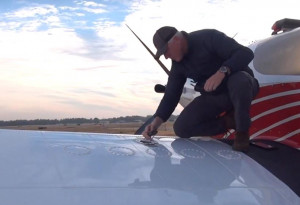
One of the more difficult realities I have had to face in my life is the fact that I’m not 25 anymore. While the image I see in the mirror is a clear representation of my age, with a few wrinkles and hair that has turned white, I still feel as if I am the young guy that’s ready to conquer the world. It’s similar to the way I look at my career at GFC. I can’t believe I’ve been working here in the Air Operations (aviation) unit for 15 years!
I still feel young, but I’m turning into the old guy who’s been there and done that. People call me “sir,” and my knees hurt when I walk. Despite my shock that time has not stood still for me, I am very proud to have developed a long career with this agency. It is an agency with a history much longer than my own, and a legacy that I am happy to be a small part of.
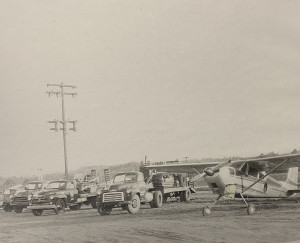
I love the history of aviation; how it developed from brave adventurers in goggles and scarves barnstorming around the country to the precise science it is today. While the technicalities of aviation have changed over the years, the heart of the pilot remains the same. I believe there is something within us that longs for adventure and exploration and compels us to look up when we hear engine noise overhead. That spirit is alive in GFC aviation and is part of what drives my passion for our work.
In 70-plus years of forestry aviation, the equipment, the people, and the mission have evolved significantly. The Air Operations unit at GFC was started in 1949 and has gone through many changes that have led us to where we are today. Our staff transitioned from crotchety old crop dusters flying military surplus aircraft in the off-season, to full-time pilots (who are also crotchety), flying technically advanced aircraft owned by the State – all with the purpose of protecting Georgia’s forest resources.
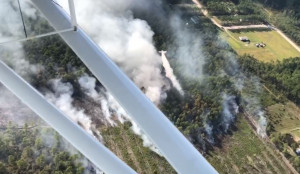 Our primary mission, forest protection, consists of the detection of wildfire through the use of patrol aircraft and the suppression of those fires using aerial firefighting aircraft. We are also called upon to serve in disaster relief efforts, forest management, transportation of people and cargo, law enforcement, cooperation with other state agencies, and more. We serve the state in whatever capacity our skills and resources can best be used.
Our primary mission, forest protection, consists of the detection of wildfire through the use of patrol aircraft and the suppression of those fires using aerial firefighting aircraft. We are also called upon to serve in disaster relief efforts, forest management, transportation of people and cargo, law enforcement, cooperation with other state agencies, and more. We serve the state in whatever capacity our skills and resources can best be used.
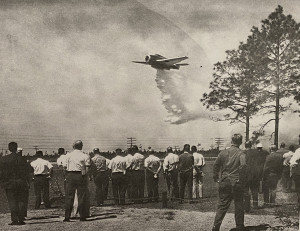 We follow in the footsteps of great aviators with a range of skills and experiences that rival anyone in the aviation industry. When I reflect on our history and look at who we are today, it becomes quite clear that the core of our success and the foundation for our future lies not in the equipment or even the mission, but in the people who execute it. I am surrounded by a team of aviators who believe in what we do and strive for excellence in their pursuit of it. The people with whom we serve, the firefighters on the ground, are just as committed to their craft and perform with honor and pride in a dangerous field. We come together for the mission and then rally around each other. That is what makes the work we do worthwhile and is the part of our history I’m proudest of.
We follow in the footsteps of great aviators with a range of skills and experiences that rival anyone in the aviation industry. When I reflect on our history and look at who we are today, it becomes quite clear that the core of our success and the foundation for our future lies not in the equipment or even the mission, but in the people who execute it. I am surrounded by a team of aviators who believe in what we do and strive for excellence in their pursuit of it. The people with whom we serve, the firefighters on the ground, are just as committed to their craft and perform with honor and pride in a dangerous field. We come together for the mission and then rally around each other. That is what makes the work we do worthwhile and is the part of our history I’m proudest of.
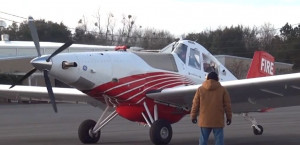 The Air Operations unit is a good example, unlike my knees, of something that is getting better with age. And if our past is any indication, the future is looking bright for the GFC Air Ops Unit, the agency as a whole, and the state we serve.
The Air Operations unit is a good example, unlike my knees, of something that is getting better with age. And if our past is any indication, the future is looking bright for the GFC Air Ops Unit, the agency as a whole, and the state we serve.

Wow, Hank slentz would be proud that this has continued .